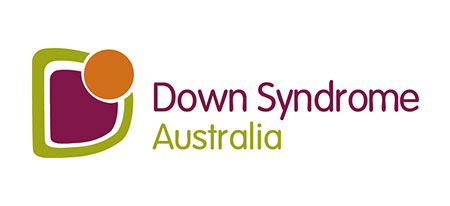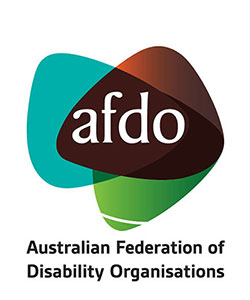Learning from Jeremy
by Kellie McDonald
 Many teachers in schools all around Australia have the same burning question at the beginning of a school year. How do I include and not exclude students with Down syndrome into the mainstream classroom? How can I make sure these students access and participate in the same education as the other students in the class? Where do I begin?
Many teachers in schools all around Australia have the same burning question at the beginning of a school year. How do I include and not exclude students with Down syndrome into the mainstream classroom? How can I make sure these students access and participate in the same education as the other students in the class? Where do I begin?
In 2018 I was faced with these questions. As a Grade 5/6 teacher at The Patch Primary, I was lucky enough to have Jeremy, a student with Down syndrome in my class. Teaching Jeremy that year required me to reflect on my teaching practice and develop my skills in order to foster the achievement, engagement and well-being of students with additional learning needs.
I focused on teaching to Jeremy’s point of need using the Victorian Curriculum and linked it to what the other students were doing in the class. I used a range of strategies including individual learning, group learning, peer and cross-age tutoring, and I matched intensive teaching with the times of day when Jeremy learnt best.
Open-ended tasks also worked well. One example that Jeremy was involved in last year was a public speaking program for Grade 6 students called ‘Taming the Butterflies’ run by Toastmasters. The seven-week program culminated in a speech night where students presented a three-minute speech on a topic of their choice incorporating the elements they had learnt about speech writing and delivery. Jeremy had difficulty with his speech articulation, short term memory, eyesight and writing so this was going to be a challenge for him. After careful thought we modified the task for him.
Jeremy chose a topic which was familiar to him — his love of drama. In organising his ideas, Jeremy selected pictures as cues for what he wanted to say next and we organised this into a cycle on a poster for him. In order to fill the three-minute time limit and for the audience to be able to understand Jeremy, we used his strengths in performing arts. Jeremy spoke for approximately one minute and the rest of his speech was a song and a dance that linked to his topic of drama.
Jeremy was the highlight of the night. With thoughtful planning, a task that seemed unachievable was made achievable for him. Jeremy was able to participate in the program alongside his peers.
So what else did I learn from my year with Jeremy?
- The quickest way to start learning about any student is to tap into the knowledge of those who already know them. You must collect data.
- An Individual Education Plan should be easy to use and understood by all members of the educational team, and updated regularly.
- Link all student learning to the curriculum. Use ABLES if required. Make sure learning intentions for all students are evident on your planning document.
- Regular evaluation and assessment is needed.
- You will need extra time in the beginning to plan but it gets easier as it goes along.
- A positive approach can go a long way to determining whether a child with a disability is truly included in the school community. Your positive approach can also inspire confidence in other staff and students to do the same.
Kellie has since founded Focused Inclusion which delivers workshops for educators that address the learning and social needs of students with disability and additional learning needs. You can find more information at the Focused Inclusion website.



